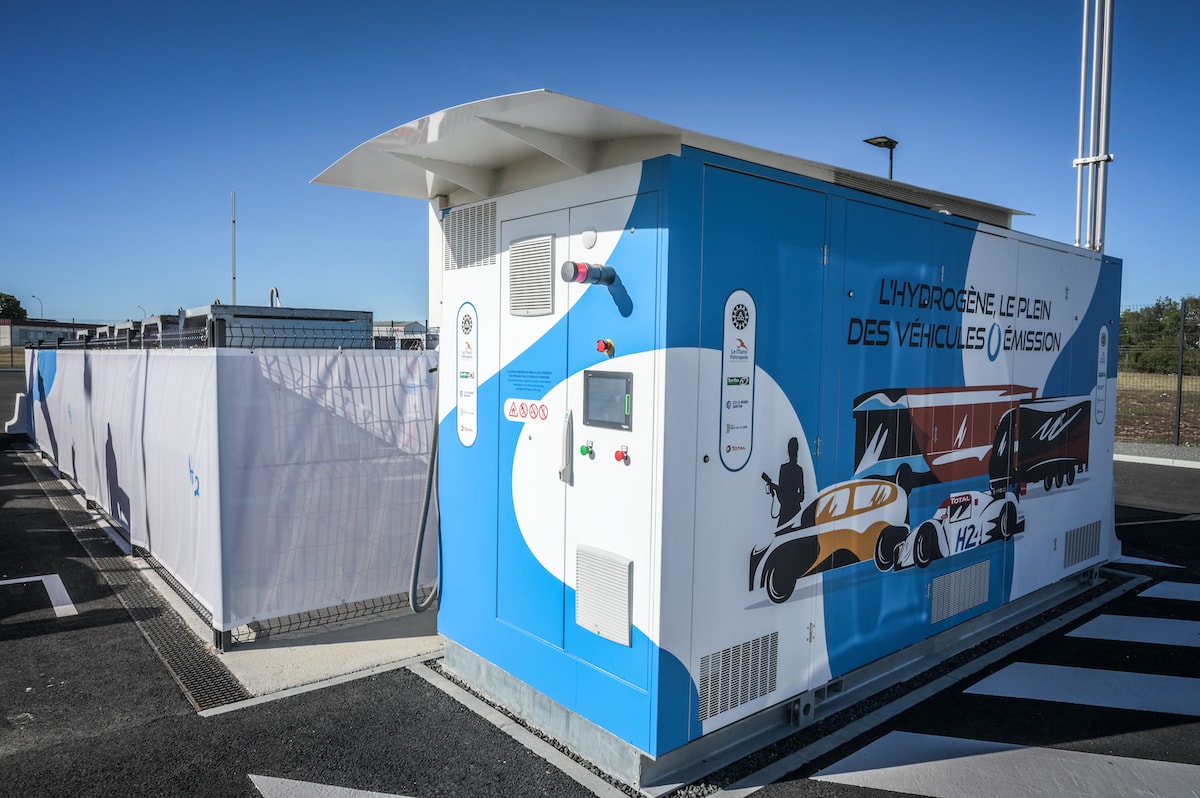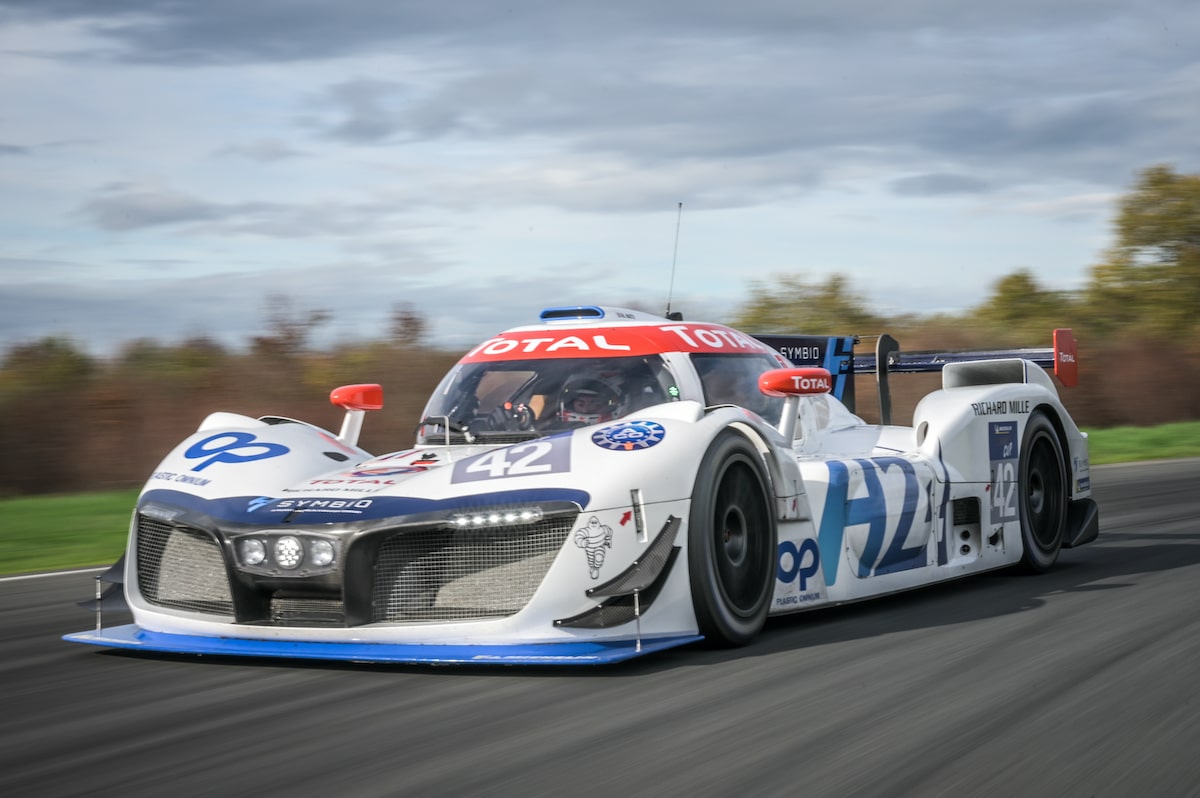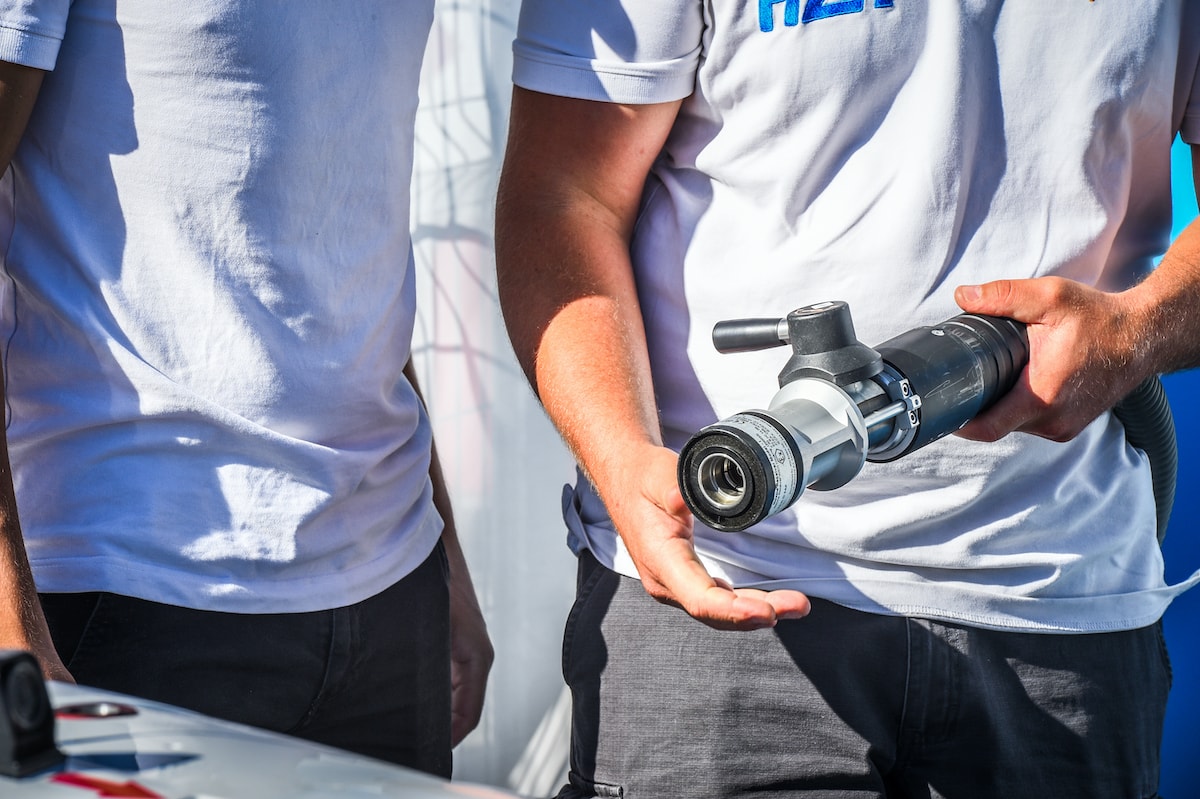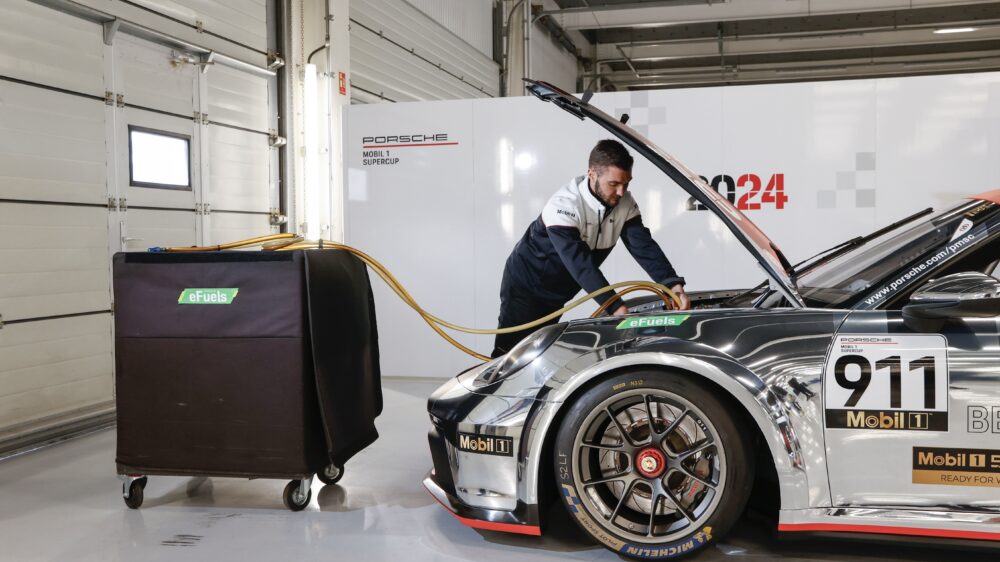Le Mans: Swiss rely on hydrogen 🎥
LONG-DISTANCE RACING In three years, there will be a hydrogen class at the 24-hour race in Le Mans. To this end, the Swiss Green GT and the French automobile club ACO have joined forces in the Mission H24 project. The video illustrates how the LMPH2G works - and sounds. Back in 2019, the Swiss company Green GT and the Automobile Club de l'Ouest founded [...]
The video illustrates how the LMPH2G works - and sounds.
Back in 2019, the Swiss company Green GT and the Automobile Club de l'Ouest (ACO) founded the H24Racing racing team, and last September the hydrogen prototype H24 drove a first demonstration lap at the 24-hour race in Le Mans.
Hybrids and gasoline engines in the same race
Starting in 2024, several hydrogen-powered vehicles are scheduled to race at Le Mans and Spa. Bernard Niclot and Vincent Beaumesnil from the ACO reported on the status of preparations at the Vienna Motor Symposium.
After extensive clarification, the organizers decided on low-temperature PEM fuel cell technology in a working group with nine car manufacturers and some major suppliers. High-temperature and solid-state fuel cells are excluded, as are internal combustion engines powered by hydrogen. What is important, however, is that fuel cell cars should start in the same race as hybrids and gasoline engines.
Tank capacity of 300 liters = 300 kilos weight
Since average speeds of 220 to 250 km/h are driven at Le Mans, a battery-electric car would have to be charged after just four to five laps That would be too time-consuming, and changing the battery would be too dangerous.
Hydrogen cars will be equipped with 700-bar tanks from the manufacturer Plastic Omnium. It is anticipated that twelve kilograms of hydrogen will be refueled, necessitating a tank volume of 300 liters and bringing a weight of around 300 kilograms.
Twelve kilograms of hydrogen for ten laps
Since hydrogen models weigh more than gasoline engines, it is being clarified whether they should be granted advantages such as all-wheel drive, torque vectoring or unlimited brake energy recuperation.
Simulations at ACO have shown that a vehicle weight of around 1300 kilograms will result and that the net power of the fuel cell would be around 300 kW, the electric motor power 600 to 800 kW and the battery capacity between 5 and 10 kWh.
Twelve kilograms of hydrogen are enough for ten laps. It only has to be refueled every 35 laps, which takes just under two minutes. Development partner Total has developed a mobile refueling system for this purpose.
Monocoque, chassis and the powertrain
To keep costs from getting out of hand, many universal components are used in hydrogen cars. These include not only the chassis with monocoque and running gear, but also the powertrain with battery, inverter, motor and transmission.
The competition is therefore focusing on fuel cell technology. Ultimately, it is hoped that this will also be of great benefit to the development of road vehicles, especially trucks.












